Detailed map railroad map of Argentina, published in 1929 by Casa J. Peuser, with original 29 page text booklet laid into covers.
The map is colored by regions and includes a large inset of the lines around Buenos Aires, with smaller insets of the lines around Mendoza, Tucucman, San Juan, Bahia Blanaca and the Chabut & Santa Cruz region.
A colored coded table identifies the different lines and the the four different rail gages (Troncha Ancha, Tronca Media, Tronca Angosta and Tronca Economica.
Argentina in the 1920s
During the early 1920s, the rise of the anarchist movement, fueled by the arrival of recent émigrés and deportees from Europe, spawned a new generation of left-wing activism in Argentina. The new left, mostly anarchists and anarcho-communists, rejected the incremental progressivism of the old Radical and Socialist elements in Argentina in favor of immediate action. The extremists, such as Severino Di Giovanni, openly espoused violence and 'propaganda by the deed'. A wave of bombings and shootouts with police culminated in an attempt to assassinate U.S. President Herbert Hoover on his visit to Argentina in 1928 and a nearly successful attempt to assassinate President Hipolito Yrigoyen in 1929 after he was re-elected to the presidency.
In 1921, the counter-revolutionary Logia General San Martín was founded, and diffused nationalist ideas in the military until its dissolution in 1926. Three years later, the Liga Republicana (Republican League) was founded by Roberto de Laferrère, on the model of Benito Mussolini's Blackshirts in Italy. The Argentine Right found its major influences in the 19th-century Spanish writer Marcelino Menéndez y Pelayo and in the French royalist Charles Maurras. Also in 1922, the poet Leopoldo Lugones, who had turned towards fascism, made a famous speech in Lima, known as "the time of the sword", in the presence of the War Minister and future dictator Agustín P. Justo, which called for a military coup and the establishment of a military dictatorship.
In 1928, Yrigoyen was re-elected as president and began a series of reforms to increase workers' rights. This intensified the conservative opposition against Yrigoyen, which grew even stronger after Argentina was devastated by the beginning of the Great Depression after the Wall Street Crash. On September 6, 1930, a military coup led by the pro-fascist general José Félix Uriburu overthrew Yrigoyen's government and began a period in Argentine history known as the Infamous Decade.
Rarity
Peuser published railroad maps of Argentina between approximately 1922 and the early 1950s. OCLC locates only 1 map dated prior to 1930.











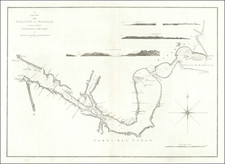
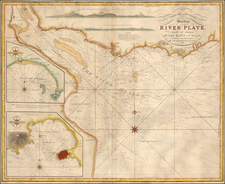
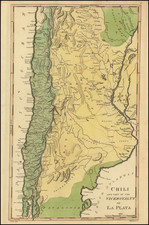
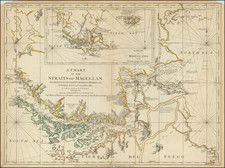
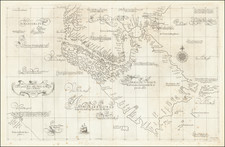
![[Falkland Islands] Carta delle Isole Malouine Dette dagl'Inglesi Isole Falkland](https://storage.googleapis.com/raremaps/img/small/91880.jpg)